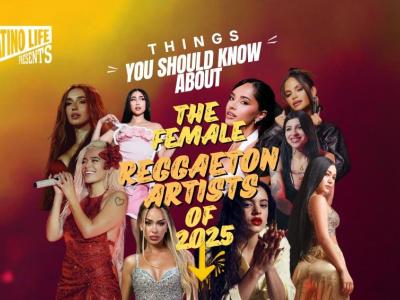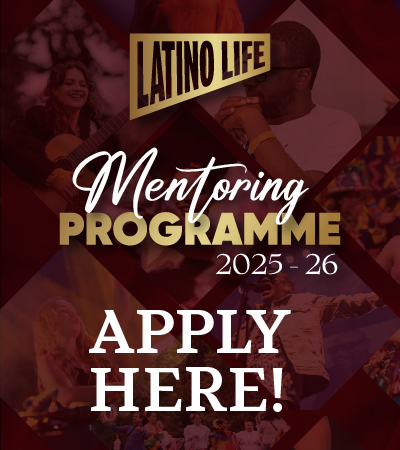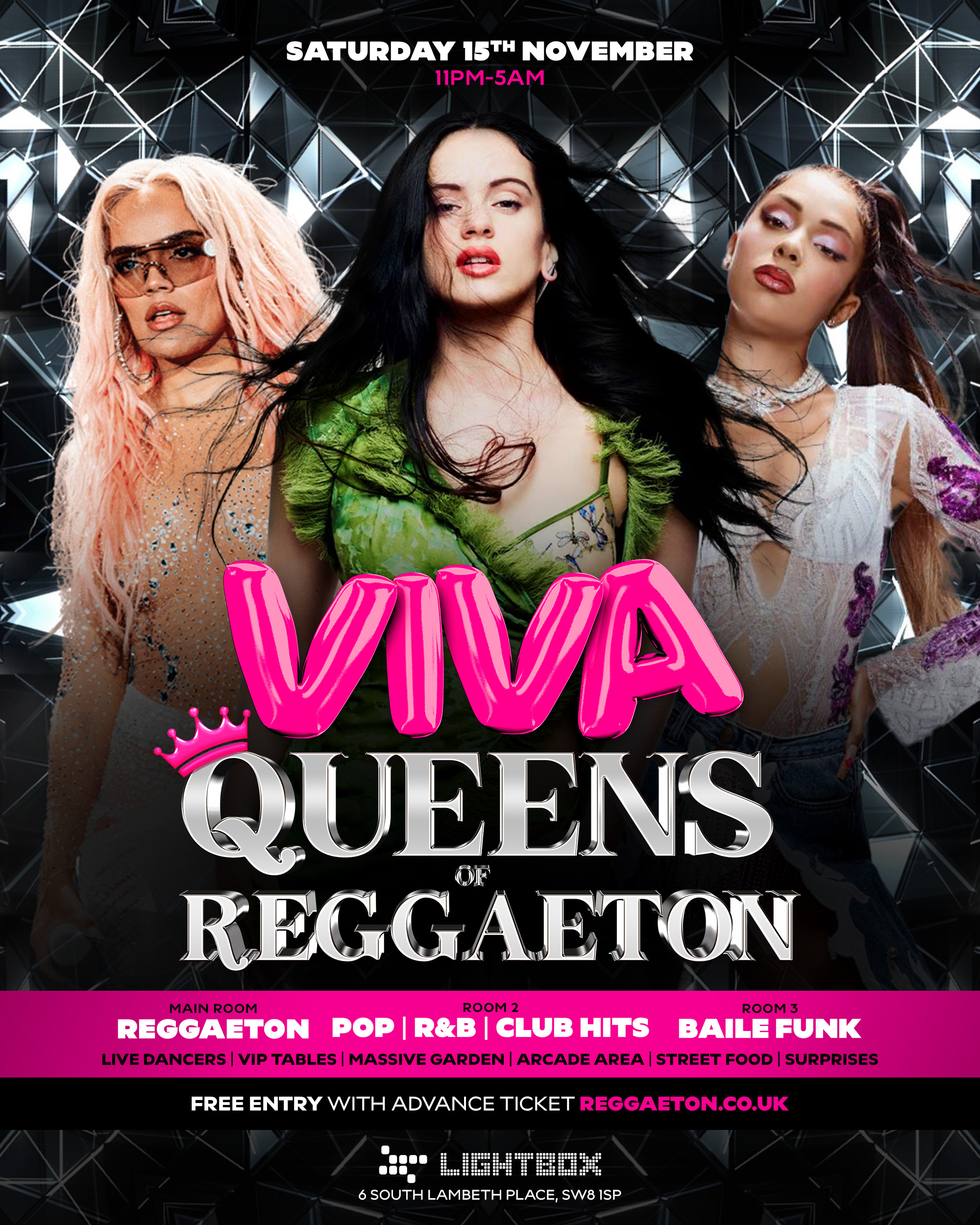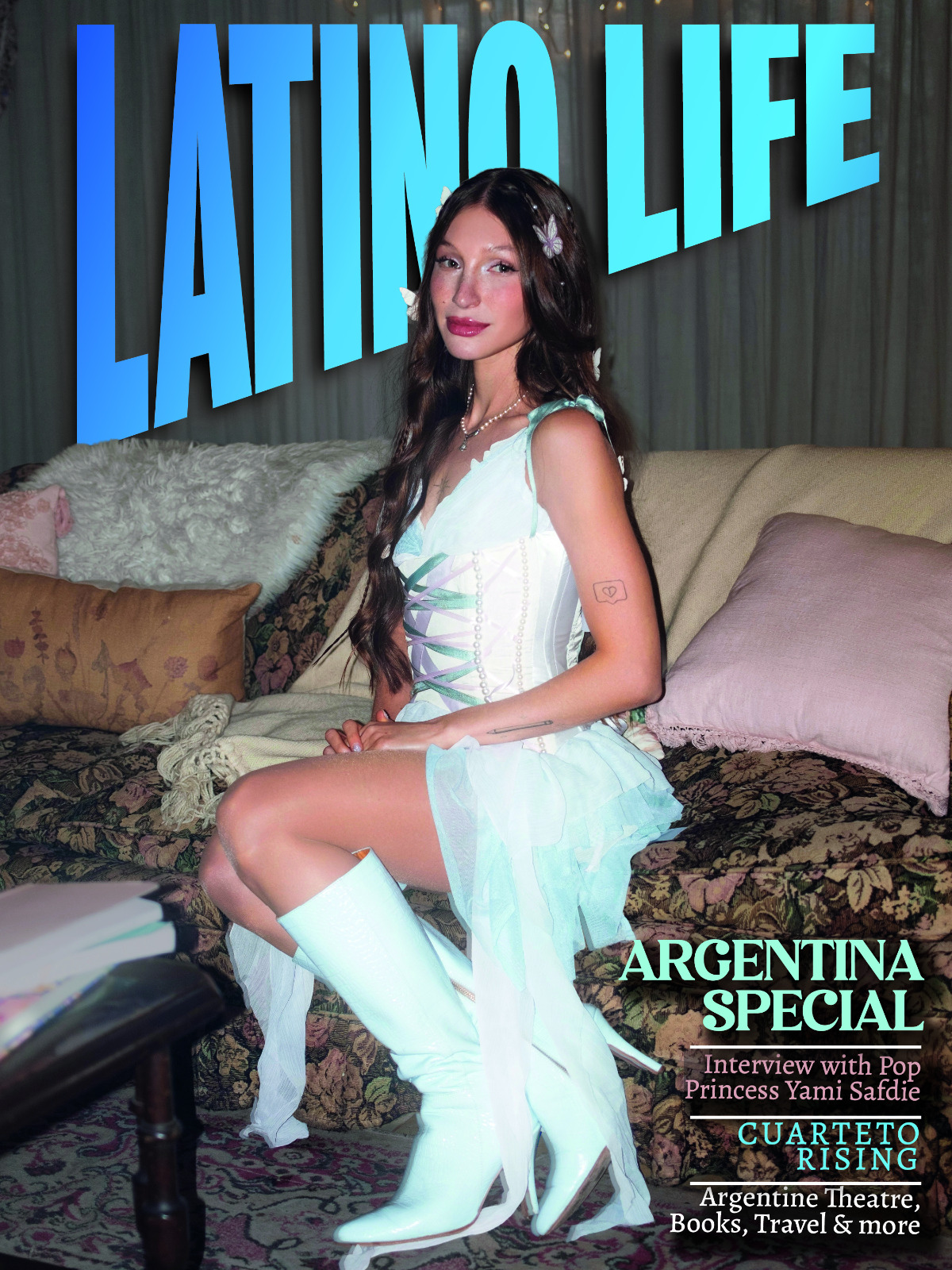One student, a young boy with indigenous features and a rapper’s dress sense who never said a word in class, told me he was from a village called Mitú in the department of Vaupés, one of the remote regions of the country covered in Amazon jungle.
“I was four when the FARC [Revolutionary Armed Forces of Colombia] took my town. My mother worked in the cafeteria at the police station. They were going to kill everyone in the station but someone warned my uncle, and we all fled to my aunt’s house, which was made of cement, and hid under the bed”. Most of the houses in the town were made of wood, he explained, which offer less protection against stray bullets.
“I remember being under the bed all day with my mother and hearing the guns. I remember being afraid. I don’t remember much else. My mum remembers a lot more, though. I want to write my essay about that. How do I do it?”
I was stunned. I decided the only assistance I could give was to help him address the issue academically. In the end, he handed in a wonderful essay, including a moving testimony he had taken over the phone from his mother, who was still in Vaupés, while he was living in Bogotá so he could study.

Another student decided that he was interested in investigating the informal economic sector of the recyclers. The recyclers in Bogotá are generally homeless or very low-income families who are semi-organised into informal cooperatives. Once or twice a week, they collect recyclable materials in wooden carts they pull themselves. Some work alone while others are in teams of entire families, wrapped up in layers of clothes against the cold night air and with dogs riding on top of the carts. My student interviewed a man called Don Luis who explained that he liked recycling and was used to all the disgusting things he had to handle, see and smell. He said he wouldn’t know how to do anything else now, and that he was happy because he was putting his daughter through university.
Sometimes he suffered because of the social prejudices he experienced, and he wanted my student to make clear that bogotanos should be more appreciative of the environmental service recyclers provide. One of the most striking things was the way my student described in his essay Don Luis’s response when he told him that he wanted to talk to him for a university project – the first thing Don Luis wanted to know was: which university? As soon as my student said it was the Nacional, he relaxed and agreed to talk, because he trusted people from public universities, but not from the private ones.

One of the best essays was Mauricio’s. It was simple in what it set out to do, but it touched upon something that society as a whole will need to recognise if the peace process is to be successful: the importance of appreciating that different people have different feelings about peace and about politics, and that these feelings are deeply affected by their personal experiences.
Mauricio went to a small town outside Bogotá in the department of Cundinamarca and interviewed three people of different ages and genders about their views on the peace process. The town was remote and of difficult access, with no through road. The only way out was the way you came in: the road back to Bogotá. The inhabitants were traditional, devout Catholics, and had not seen much of the armed conflict. The guerrillas hadn’t been there as it wasn’t a strategic location for them. The army passed through very occasionally, but there was no military base. There was a police station in the town, but it was small and relatively inactive.
Mauricio’s interviewees were all very sceptical about the peace process. They saw the army as brave and honourable, while regarding the FARC as the bad guys. One of them said they never went to Bogotá because it was full of FARC. Only one of them said he would be happy for the FARC to participate in politics after demobilisation – the other two were scandalised by the idea of seeing ex-guerrilla fighters in Congress.
All were sceptical about the negotiations in Havana, echoing many commonly held opinions across Colombian society: “it’s all going on behind the backs of the Colombian people, no one knows what’s happening”; “there will be no justice, only impunity”; “I think the FARC should all go to prison, alternative sentences won’t work”.

Such tough views on sentencing are held by people on both left and right – the left think that the members of the armed forces who have been involved in human rights violations should get maximum jail time, while the right believe that no FARC member should be given anything less than life-time imprisonment. But the recent agreement on a Special Jurisdiction for Peace treats both sides equally, and gives both the chance of alternative sentences and sentence reductions, provided they help to clarify the truth.
Mauricio argued that what was needed in order to build peace was a generous gaze that did not judge people for their opinions but understood that the multiplicity of responses to peace had to do with the multiplicity of experiences of the armed conflict, and of social experience in general.
But perhaps the best bit of the essay was added on as an afterthought. Once he got back to Bogotá, he followed up the interviews with phone calls to all three interviewees. One of them, a middle-aged woman, told him over the phone, “You know what, after we talked that day, I changed my mind. I think I’ve been a bit harsh. Probably it is alright if they [the FARC] participate in politics. If they really do demobilise, that is. I suppose they are human beings after all.”
Perhaps this is what Colombia needs – for inquiring students with a generous approach to go and talk to people about what they think, taking them seriously, without judging their opinions and feelings, armed only with information and with challenging yet respectful questions.
This article was written by one of Latin America Bureau's group of analysts. To read more LAB articles visit www.lab.org.uk


















